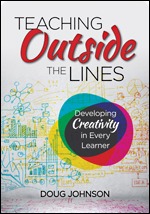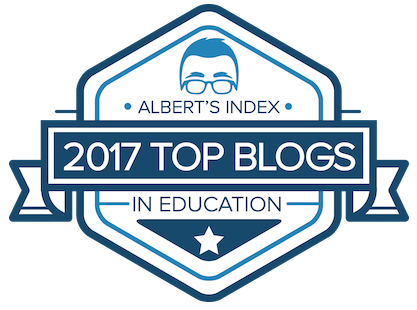What drives your technology initiatives?
 Tuesday, November 8, 2005 at 08:53PM
Tuesday, November 8, 2005 at 08:53PM Last Sunday, I ruminated a bit on whether blogs were a technology for teaching writing. And I found that I’ve been out of the English classroom too long to remember many “best practices” anymore. But I did remember I have a rather useful book sitting near my desk: Zemelman, Daniels, and Hyde's Best Practice: New Standards for Teaching and Learning in America’s Schools 2nd ed. Heinemann, 1998. (There is a 3rd edition available.)
In the section on “Best Practices in Teaching Writing,” compiled from various national professional organizations such as National Council of Teachers of English, the book lists these as “best practices.”
- Teachers must help students find real purposes to write.
- Effective writing programs involve the complete writing process.
- Selecting
- Pre-writing
- Drafting
- Revising
- Editing
- Teachers can help students get started.
- Teachers help students draft and revise
- Grammar and mechanics are best learned in the context of actual writing.
- Students need real audiences and a classroom context of shared learning.
- Writing should extend throughout the curriculum.
So which practices are supported, which are hindered, and which are not impacted at all by technology use? (Thanks, Chris, for your comment about how David Warlick's Blogmeister supports the revision stage of the writing process.) Do I as a tech director know enough about teaching writing to answer this question?
Here’s the point I’d like to make. Isn't it time we start looking at best practices first and technology second? It is about dammed time that teachers do the technology implementation planning instead of us technology directors. It's an awful lot to expect from even guys and gals even as intelligent, (charming and good looking) as we techies to know the best practices of every subject and skill at every developmental level.
In other areas of the district, the impetus for technology implementation has come from outside the technology department. Building administration wants a reliable student information system. Assessment needs good data mining tools. Special education demands a better way to do IEP forms. Community education wants a simple way to keep track of building schedules. Transportation, human resources, finance, census – all these departments have pushed my department to find, implement and maintain technology solutions to make them more effective.
Where is the push from the classroom? We have our early adopters. We have some simple programs that many teachers use (too often more for entertainment value than educational value). Our library media specialists, business ed, tech ed and (strangely enough) PE folks push for technology to support their teaching goals and best practices. But compared to the administrative side, teachers just aren’t very demanding.
Why?
- Do teachers not know about potentially useful tech applications?
- Do teachers not know best practices?
- Are teachers not able to link technology and best practices?
I am signing up for this year’s English teacher’s conference and asking to be put on the routing list for NCTE’s English Journal. And if I find that technology is being linked to effective writing practices in places where these English teachers hang out, boy, are they in trouble.
How much is it the technology department’s job to promote technology use? How much is the technology department’s job to support the technology initiatives of the pedagogical experts?
In his column this morning, Leonard Pitts described e-mail as "...a repository for the detritus of cluttered minds." That may well become the new subtitle of this blog.







